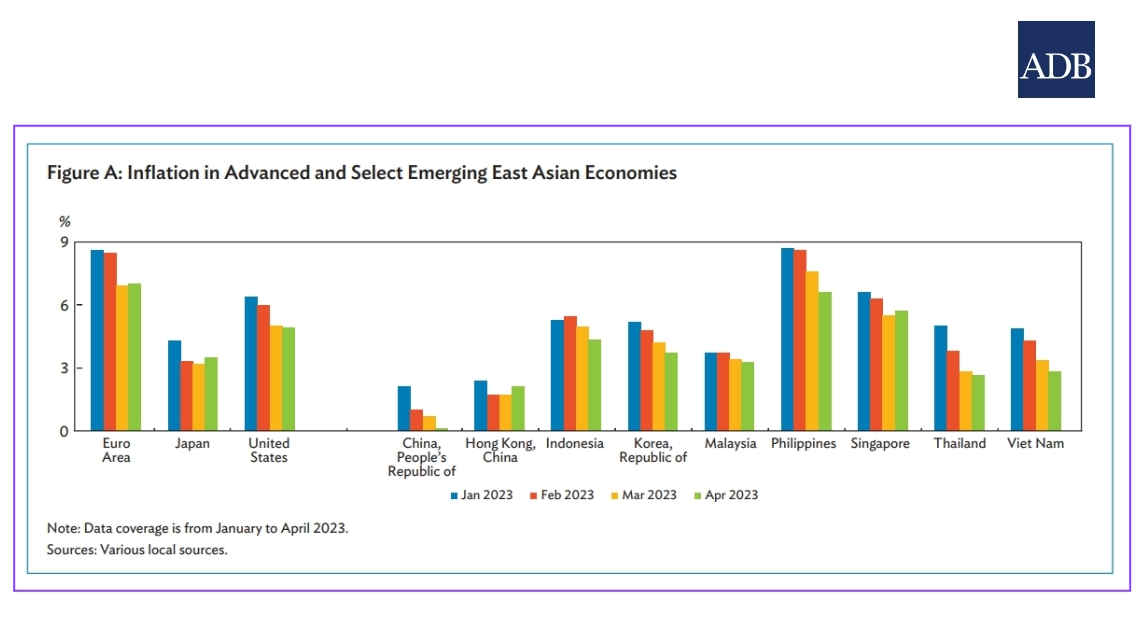Banking supervision keeping pace with evolving circumstances - Review of the three-tier banking system
Banking services that members of the public use daily, such as deposits, property mortgages or personal loans, are mainly provided by some 20 retail banks in Hong Kong. However, if you take a look at the Register of Authorized Institutions (AIs)1 on the website of the Hong Kong Monetary Authority (HKMA), you will find that there are about 180 AIs operating in Hong Kong. These AIs offer diversified banking services to customers with different needs from all over the world, thereby enabling Hong Kong to perform its role as an international financial centre more effectively.
While banking services are indispensable in our daily life, you may not be aware that AIs in Hong Kong are comprised of licensed banks (LBs), restricted licence banks (RLBs) and deposit-taking companies (DTCs).
This three-tier banking system2 classifies AIs according to the amount and maturity of deposits that they can accept and the nature of their businesses. The system has been in place for more than four decades since the 1980s, during which developments in the banking industry have achieved numerous milestones. As the supervisory authority, the HKMA must keep pace with evolving circumstances and examine whether the three-tier banking system is still fit for purpose in light of market developments.
The HKMA has recently completed a review of the three-tier banking system. Based on the results of the review, it is proposed to:
- 1.maintain LBs as the “first-tier institutions” without any change to the parameters; and
- 2.merge DTCs into the RLB sector so that DTCs and RLBs will become the “second-tier institutions”.
After the proposed simplification, the distinction between LBs and “second tier institutions” will be more pronounced. LBs may offer a full range of banking services, and as the major target customers of some LBs include retail depositors, LBs are subject to a higher capital requirement (a minimum of HK$300 million). As for the “second tier institutions”, while they cannot accept retail deposits, they may take large deposits of HK$500,000 or above without restriction on maturity. The minimum capital requirement for these institutions will be standardised at HK$100 million, which is considered to be conducive to maintaining banking stability in Hong Kong.
In fact, as total customer deposits with the DTC sector only account for less than 0.1% of the whole banking sector, the general public may not notice any change if the above proposal is implemented. The review reflects the concept of “risk-based” supervision that the HKMA has always emphasised.
In our day-to-day supervision, there are three major considerations under the “risk-based” approach:
1. “What are the risks that we are facing and need to address?” – i.e. to clarify the nature and types of risks;
2. “Is the level of risks manageable?” – “zero risk” is neither viable nor realistic. We perform forward-looking assessment of AIs’ risk profiles under a standardised approach, and based on which we will set requirements and carry out supervisory work; and
3. “Are the supervisory measures proportionate to the risk level?” – the higher the level of risks, the more stringent the requirements for risk management will be. Conversely, if the level of risks is lower, the requirements for risk management can be less stringent.
The review of the three-tier banking structure reflects the three major principles above. Under the current banking structure in Hong Kong, total customer deposits with LBs account for more than 99% of the whole banking sector. So it is of paramount importance that more stringent supervision is in place to provide protection for the depositors. In contrast, total customer deposits with DTCs account for only less than 0.1% of the whole banking sector. Balancing the considerations of supervision and promoting market development, we should examine the current three-tier regime from the perspective of supervisory efficiency and effectiveness. With the simplification into a two-tier structure, the DTCs that are merged into the second tier will benefit from the removal of the maturity restriction on customer deposits of at least three months. This will not only offer depositors more choices, but also enable institutions to conduct businesses with greater flexibility, thereby promoting both market development and healthy competition in the industry.
Besides, under the “risk-based” principle, the potential impact brought by the change as well as the transition period are also considered. To this end, the review has proposed to provide a five-year transition period for the current DTCs, and actively encourage and facilitate these companies to upgrade to LBs or RLBs, so that they can conduct business according to their own strategies while minimising the possible impact on existing customers.
Over the years, the HKMA has been keeping pace with market developments and refined the relevant supervisory measures as appropriate. Other than the full abolition of interest rate rules in 2001, we also relaxed the market entry criteria and lowered the threshold for setting up banks in Hong Kong in 2001 and 2012 respectively. Since then, we have seen an orderly increase in the number of LBs. The banking industry in Hong Kong has also continued to grow as a whole in terms of total assets and total deposits. However, the total number of DTCs and RLBs has significantly fallen from almost 200 in 1993 to 27 at present, of which the number of DTCs has dropped to only 12. The HKMA has not received any application for registration as a DTC since 2009, and the total market share of the existing DTCs has also dropped substantially.
In terms of total assets, the combined market share of DTCs and RLBs in the banking sector has dwindled over time, declining from 5.8% at end-1993 to less than 1% at end-2022. In fact, except for the requirement on minimum capital level, the HKMA’s supervisory requirements for these two types of institutions are basically the same, with supervisory arrangements implemented in accordance with the risk profile of individual institutions. Not only is the simplification of the three-tier structure more in line with the actual circumstances, it will also facilitate supervision of the corresponding risks, thereby enhancing supervisory efficiency and effectiveness.
As an international financial centre, Hong Kong has a rich experience in balancing the need for risk management and promoting market development. We must also keep pace with the times to ensure that the industry operates in an environment which is conducive to growth and development, and continues to earn the trust of customers both locally and globally. The backbone of all these is the concept of “risk-based” supervision. I hope my sharing has provided a concrete example to help everyone understand how the HKMA, as a supervisor, not only upholds prudence, but also stays agile in responding to the ever-changing circumstances.
1 Institutions that are authorized under the Banking Ordinance to carry on deposit-taking activities. Under the current banking system, deposit-taking institutions in Hong Kong include licensed banks, restricted licence banks and deposit-taking companies. According to the Banking Ordinance, the above banks and companies are collectively known as “authorized institutions”.
2 Under the current three-tier banking system, the minimum capital requirements for LBs, RLBs and DTCs are HK$300 million, HK$100 million and HK$25 million respectively. LBs are not subject to any restrictions on the size and maturities of deposits that they can accept. RLBs may take deposits of any maturity of HK$500,000 or above. DTCs may take deposits of HK$100,000 or above with an original term of maturity of at least 3 months.






















































First, please LoginComment After ~